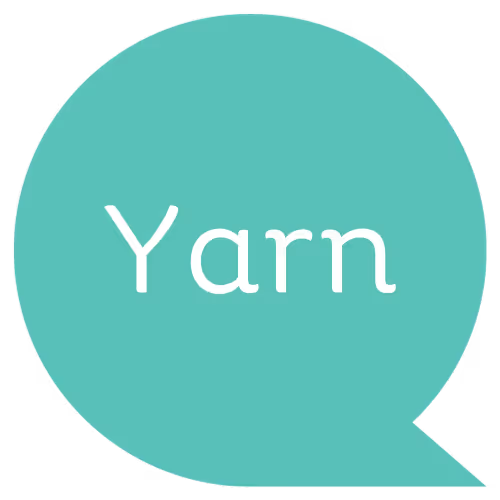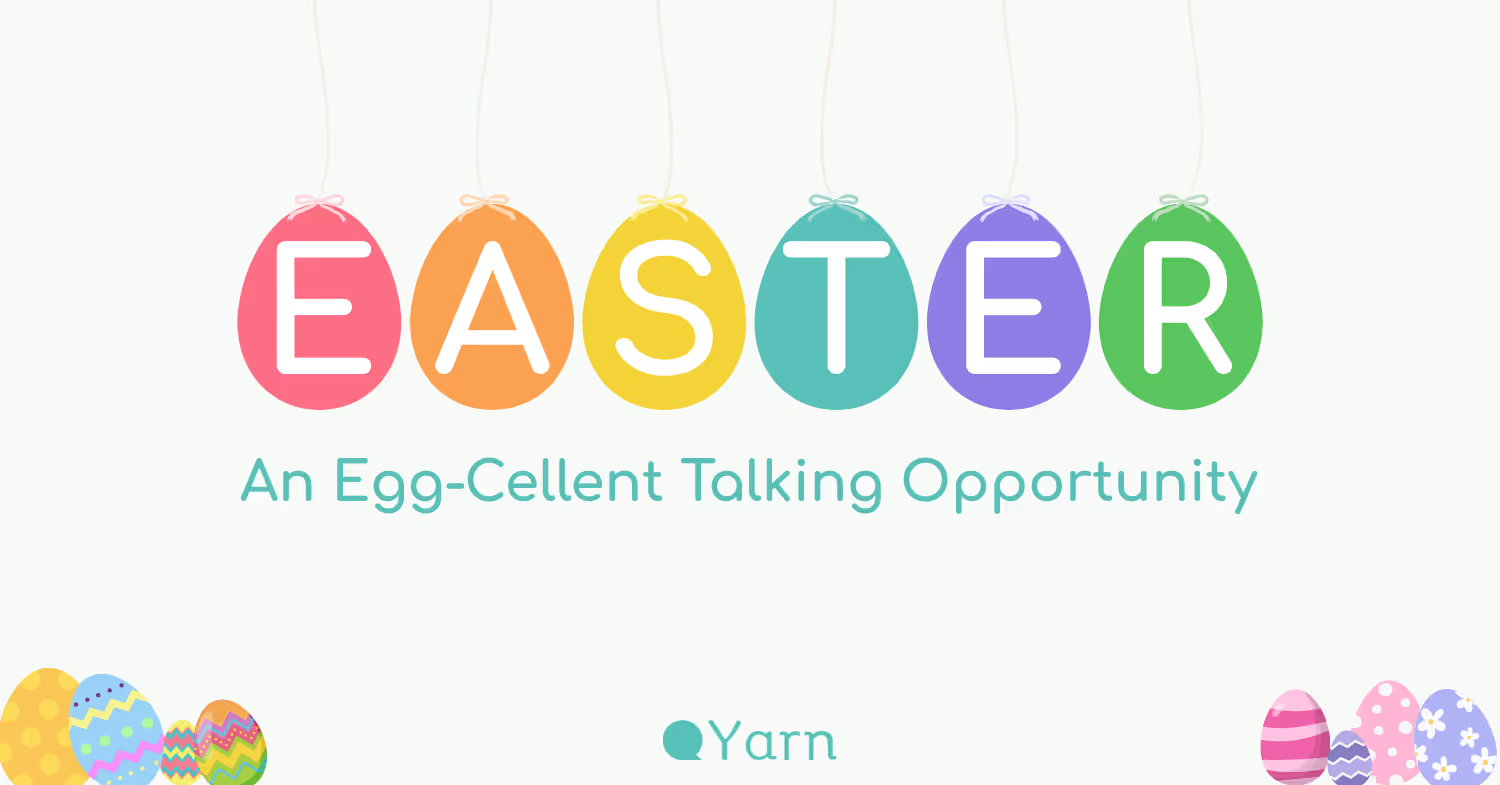


While we love Easter for many reasons (filling our bellies with chocolate and making use of the public holidays), it can also be an "egg-cellent" opportunity to encourage communication. Not only can the holiday introduce imaginative concepts, but it can also help with following narratives, learning descriptive language, and creating building blocks for core memories. Let's hop into it!
We all know how excited children can get about the idea of the Easter Bunny. Who wouldn't love a fluffy, adorable bunny coming into your house just to deliver your favourite chocolates? But did you know that introducing the Easter Bunny as a concept can help with your child's developmental communication and language?
The idea of the Easter Bunny can help your little one understand narratives and grasp basic story structure and sequencing. Even the simplest Easter Bunny tale follows a narrative arc that children intuitively absorb – the bunny prepares eggs, travels to homes, carefully hides treasures, and children discover them the next morning. It's essential while you're explaining the Easter Bunny's story to use temporal words like "first," "then," and "after." This will build critical pre-literacy skills that will benefit them long after the chocolate eggs are gone!
The Easter Bunny can also enhance critical cognitive development, allowing children to distinguish between reality and fantasy—a key milestone in their thinking development. These imaginative scenarios create natural opportunities for pretend play, strengthening their creativity and problem-solving abilities as they imagine where eggs might be hidden or what the bunny might look like.
Easter provides the perfect opportunity to introduce rich, descriptive language to your little ones. When talking about the Easter Bunny, we want to include lots of colourful descriptions! We could say things like "The Easter Bunny is bright pink and fluffy with big floppy ears" or "The Easter Bunny hops quietly through the house, leaving colourful and yummy eggs hidden in secret places."
This kind of descriptive language helps children:
Try asking your child questions that encourage them to use descriptive words too: "What colour do you think the Easter Bunny's fur is?" or "How do you think the Easter Bunny carries all those eggs?" You never know what they may say!
Additionally, the recurring nature of Easter traditions builds memory skills as children anticipate and recall details from previous celebrations. The excitement builds as they remember "the bunny is coming!" These annual traditions create emotional anchors that help children develop their sense of time and sequence throughout the year.
You can enhance these memory-building opportunities by:
The simple joy of Easter stories provides rich cognitive exercise that supports their developing brains while creating magical childhood memories that will last a lifetime. These shared experiences aren't just fun—they're building your child's communication skills in ways that feel natural and joyful for both of you.
For babies (0-12 months):
For toddlers (1-2 years):
For older toddlers (2-3 years):
This Easter, as you enjoy the chocolate treats and family time, remember it’s the best time for language development opportunities with your little one. Now that's something to be egg-cited about!
Happy Easter!